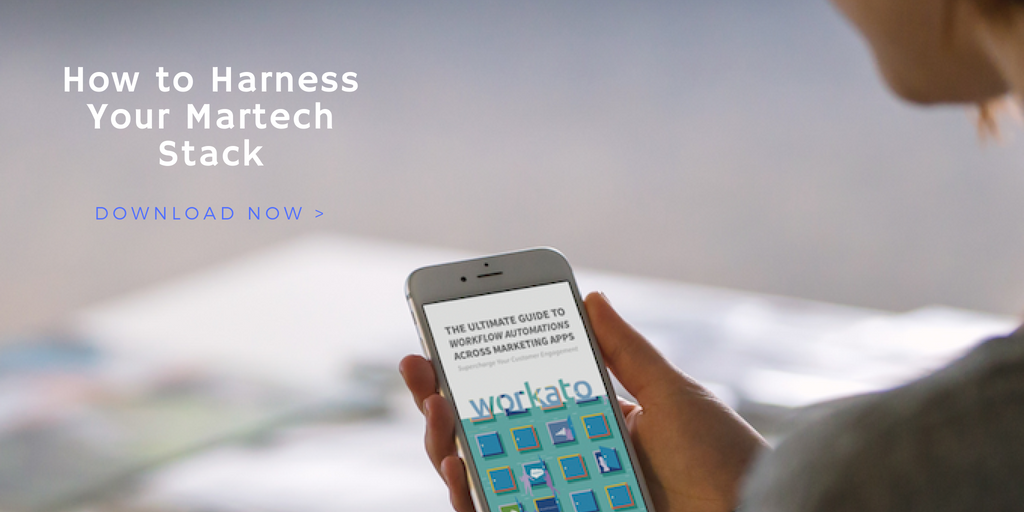The marketing department is a key player when it comes to growing any business. From ad campaigns to events and email marketing, there’s a lot on the marketing team’s plate on any given day. As a marketer, it can be easy to feel like you’re drowning in a sea of work. But never fear: the future of work is here! Here are five ways your team can leverage technology to work smarter, not harder.
Map your customer journey.
Sometimes, it’s important to go back to basics. In the digital age, the customer journey is changing—and it’s crucial that you understand how it’s changing the way your leads (and customers!) behave. It can save you a lot of time, effort, and money in terms of what channels and media you focus on.
Work to develop an understanding of how they interact with the digital landscape. Where do they digitally live, so to speak? How do they prefer to communicate? Do they prefer Facebook Messenger? Twitter? Your website’s custom chatbot? Information like this makes it much easier to focus your efforts on the most important channels and projects.
A strong understanding of your business’s digital customer journey also puts the control back in your hands. It can be easy to feel overwhelmed by the sheer number of marketing initiatives you have going; knowing exactly where they fit into a linear journey is helpful for keeping your eyes on the prize: acquisition!
Learn more about why rethinking the customer journey is essential in the digital age >
Pair your marketing hub app with a chatbot.
Marketing hub apps—such as Marketo or Hubspot—are the center of many marketing processes. With the explosion of chat apps like Slack, however, more and more marketers are using a chat platform as their base of operations. It’s where they spend most of their time.
That can make it tricky to keep tabs on things like event registration and lead activity. But there’s a simple solution: use a chatbot. A bot can pull information, such as the latest lead activity, into Slack. It can even push notifications to specific channels, so the right team members are always looped in!
That’s not all, however; a chatbot can also allow you to do work in your marketing app without leaving Slack. You can assign leads to campaigns, view their recent activity, and even sync them to another app like your CRM. That’s just the tip of the iceberg;
See how People.ai uses Workbot to stay up-to-date with Marketo activity >
Automate your lead cleansing.
You might think that driving traffic to a landing page is the most important element of lead acquisition, but in a well-oiled lead generating machine, intelligent follow-ups have the largest impact on the conversion rate from lead to paying customer.
Gathering the data that drives these intelligent follow-ups, however, can be challenging. You need information from several cloud apps to coalesce in one place—and automation can help you collate this data more easily.
For example, Workato can sync key information from Eventbrite, Intercom, and Dropbox with the correct lead in Salesforce. And if you need an extra layer of cleansing, Workato‘s People Task feature can then ask a human employee to review new or updated leads before syncing them to your marketing app.
H2O.ai used a version of this workflow to cleanse thousands of leads in just three months. See how they did it >
Create a no-stress NPS workflow.
Net Promoter Score (NPS), a customer loyalty metric developed by Fred Reicheld of Bain and Company, is a common way to assess customer happiness and drive growth. They based the metric on their belief that customer loyalty is correlated to profitable growth and they found that an increase in customer retention of only 5% could increase profits between 25% – 95%.
Many marketing teams try to implement NPS, but soon find that it requires a lot of work and coordination. Not only do you have to collect customer opinions (usually via survey) but you then have to rank those responses, identify potential brand ambassadors, and leverage them.
Automation can make it a lot easier by bridging the gap between all of these steps. From creating integrated survey workflows to collecting results and sending intelligent follow-ups, you can automate almost every aspect of your NPS. That’s great news if you’re serious about leveraging the power of your customers!
Read more about optimizing your NPS >
Don’t sweat your data.
Lots of marketing teams aspire to be data-driven, but many soon find out that working with data is hard. The difficulties start at the top of the funnel: you not only need to cleanse and enrich your leads, but you need to make sure that data translates from one app to another. That can be tough when you’re working with Marketo and Salesforce, for example, which have different standard fields.
But data is also important when it comes to assessing whether your marketing efforts are working—and how well they’re working compared to other campaigns and channels. Most marketers aren’t data scientists so drawing actionable insights from raw data can seem like a Herculean task.
Thankfully, there are lots of tech options that can help you work with your marketing data more easily. A great option is Einstein, a cloud-based analytics platform that takes your data, displays it in customizable dashboards, and applies AI to help you draw conclusions. Tools like Einstein are easy to use, even for the most tech-averse marketer, and can give you deep insight into your marketing efforts.
